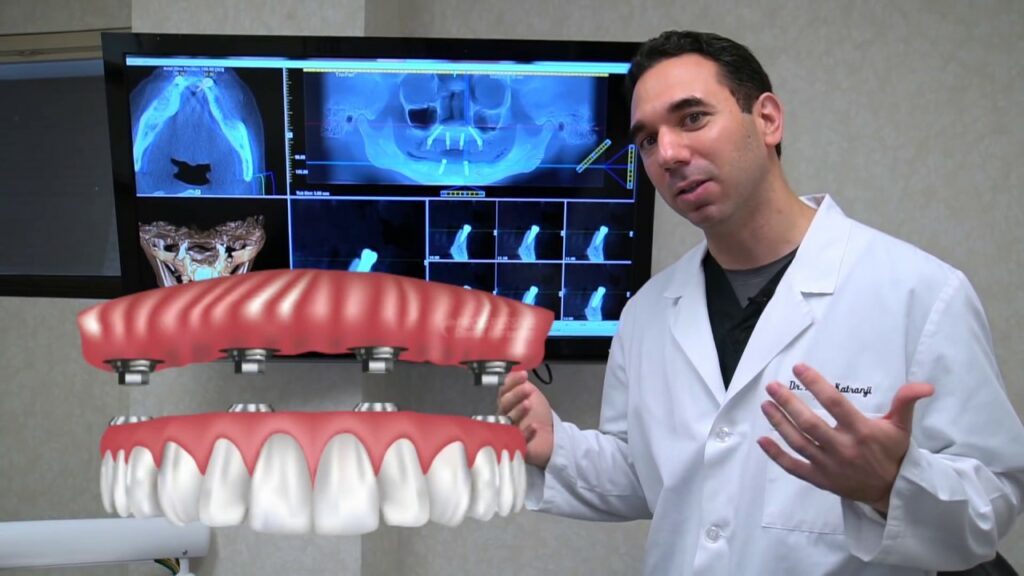Dental implants have become a common solution for replacing missing teeth, offering patients a permanent and durable option. However, when it comes to orthodontic treatment, managing patients with dental implants presents unique challenges.
Since implants are fixed and cannot move like natural teeth, orthodontists must approach treatment with careful planning to achieve successful results without compromising the implant’s stability.
Understanding the Limitations of Dental Implants in Orthodontics
Unlike natural teeth, which are held in place by periodontal ligaments that allow for movement during orthodontic treatment, dental implants are fused directly to the jawbone through a process called osseointegration.
This means that once an implant is placed, it is immobile and cannot be repositioned through traditional orthodontic methods. As a result, orthodontists must plan treatments that work around the implant, focusing on moving the surrounding natural teeth.
Key Considerations for Orthodontic Treatment with Implants
Pre-Implant Planning
In many cases, orthodontic treatment should be completed before placing dental implants. This allows the orthodontist to properly align the patient’s teeth and ensure there is adequate space for the implant.
If a patient is considering both orthodontic treatment and dental implants, careful collaboration between the orthodontist and implant dentist is crucial to achieving the best outcome.
Timing of Treatment
If a patient already has a dental implant and requires orthodontic treatment, the timing of the implant placement is important. The orthodontist may need to move the surrounding teeth into their correct positions before placing the implant.
In some cases, temporary anchorage devices (TADs) can be used to stabilize the implant area during treatment.
Using Implants as Anchorage
While implants cannot be moved, they can serve as excellent anchor points during orthodontic treatment. Implants can provide a stable base to support the movement of adjacent teeth, helping to achieve the desired alignment without relying on natural teeth for anchorage.
Orthodontic Treatment Around Implants
The focus of orthodontic treatment for patients with implants will be on moving the natural teeth surrounding the implant. The orthodontist may use traditional braces, clear aligners, or other appliances to shift these teeth into the correct position while keeping the implant in place.
Implants in Growing Patients
For younger patients who are still growing, dental implants are generally avoided because the surrounding bone and natural teeth continue to shift as the jaw develops. In such cases, orthodontic treatment should be completed first, and implants placed only once the patient has reached skeletal maturity.
Managing Specific Orthodontic Cases Involving Implants
Missing Teeth
When a patient has missing teeth and is undergoing orthodontic treatment, the orthodontist may create space for a future implant. This can be achieved by moving adjacent teeth into the correct positions, ensuring proper alignment and spacing before the implant is placed.
Crowded Teeth
In cases of crowding, orthodontists may need to move teeth away from the implant to create a more balanced and aligned smile. Clear aligners or braces can be used to guide the surrounding teeth without affecting the implant.
Implants in the Front Teeth
Dental implants in the front of the mouth, where aesthetics are a top priority, require careful consideration. Orthodontists need to plan treatment that not only improves alignment but also ensures that the implant and surrounding teeth create a harmonious, natural-looking smile.


